Art Essay for the Special Initiative “The Mekong is Blue and Dried: Visual Storytelling of the Mekong River’s Environmental Degradation” by SEA Junction and the Samdhana Institute
| Title: | Mother of River |
| Storytellers/Photographers: | Choulay Mech, Sereyrath Mech and Sokchanlina Lim |
| Places: | Kandal Province & Phnom Penh Capital city, Cambodia |
| Time: | May-August 2020 |
This essay shows a part of an exhibition called “Elements”, which was held from 12 June to 7 August 2020 by Sa Sa Art Project. The exhibition to be visited online or by appointment, due to the COVID-19 measures, consisted of a series of personal actions performed by the artist Chouly Mech, filming documented by Sereyrath Mech with photographs by Sokchanlina Lim. To highlight the resilience of nature against destruction caused by humans two settings at risk of environmental degradation are chosen, the forests in the uplands of Anlong Veng, Oddar Meanchey province on the Cambodian-Thai border and the Mekong River crossing Cambodia.
During the wet season, the Mekong swells and reverse its flow into Cambodia’s Tonle Sap Lake. It is the most diverse of inland fishery and it provides large animal protein intake for riparian communities and other people in the country. As Ou Virak, a Cambodian public intellectual and human rights activist puts it “The forest is the lungs, the Mekong is the artery, the Tonle Sap is the heart and Angkor is our soul.” (Virak Ou).
There is a saying in Cambodia that: “There is water, there is fish”, but today this natural abundance is at risk. Dam construction, sand dredging, over-fishing, pollution, and overconsumption are extremely harmful to the environment and the communities along this essential river.
As the organizers of the exhibition explain, in this work, a strange, unidentified figure — with the face and body covered with a very long red robe — wanders, twists, and floats on the river. Sometimes, she appears grieving, other times eerie, as if to express the river which suffers by human activities while it could also cause seasonal destruction. This figure digs and eats sand until she becomes pregnant and gives birth to a big clump of baby sand. The common Khmer term for baby delivery Chhlorng Tonle — which means “cross the river” — mirrors the figure’s wandering across the water.
In Elements, the artists reimagine a new existence of natural life by transforming themselves into river creatures. They turn themselves into water and, through artistic interventions, they talk of the suffering of the river and call for protection and healing for our endangered ecology.
The same message is given by the storytelling and the poem that accompany the photos in which it is as if the Mekong River speaks as a Mother that wants to guard her children, reminding them of the sad state of its waters and the importance of protecting nature:
People know that I am the 12th longest river in the world and the world’s largest inland fishery.
Wherever I flow, I nurture biodiversity, provide a lot of nutrients and cultural elements. Over time, water has been used to communicate the sacred value of life; the spiritual dimension of purification, protection, and healing; and the profound meaning of suffering and redemption in human life. Nobody can exist without me, so they call me the Mother of Rivers who used to be joyful every season from the ups to downs; who flows from China through Mainland Southeast Asia into the sea. Critically endangered species, such as the Giant Mekong Catfish, Siamese crocodile, and Irrawaddy dolphin can be found in my world.
“Time flies, nothing can stay the same but my love for life never changes.” I feel so suffocated, angry and in pain because of the unhealthy developments. Nature has its own resilience but this resilience might be gone because of destruction. The Tonle Sap is one of Cambodia’s main freshwater ecosystems and not only one of the main sources of protein, but also a major income stream, for over 1 million people living in the wider area. Now, the water decreases day by day – year by year – season by season… What will happen to me and all those beings that depend on me?
My beloved children
You may not know my name but I surely know each of your names
I know what you really need and what you really want
I am the one who have been blessing you since your ancestor’s birth
Protecting, caring and providing is my obligation for you all
But I am afraid that I can not do it anymore
I was blocked by unknown name who might be your sibling or your friend
I want to hold you, kiss you, touch you and pour you with eternal love
Nothing is permanent, my child, but I surely know that my love for you will never ever change
But you must be strong and keep moving and fight back for what belongs to you
Do not be afraid to lose if you do not fight yet
But you need to fight with morality and dignity
Photographers/Storytellers
Choulay Mech holds an Association’s Degree in Midwifery from Chenla University. She graduated in Contemporary and Documentary Photography Class, Sa Sa Art Projects in 2018 and also graduated in English for artist, Sa Sa Art Projects in 2019. She held many art exhibitions at different galleries in Cambodia.
Sereyrath Mech graduated from the Department of Media and Communication, the Royal University of Phnom Penh. Currently, she is working as a freelance photographer and documentary filmmaker. She also graduated in Contemporary and Documentary Photography Class, Sa Sa Art Projects, 2018. She graduated English for artist, Sa Sa Art Projects, 2019.
Sokchanlina Lim works across documentary and conceptual practices with photography, video, side specific installation and performance. Using different strategies, he calls attention to a variety of social, political, cultural, economic and environmental changes in Cambodia in relation to the globe.
Organizers
The Mekong is Blue and Dried: Visual Storytelling of the Mekong River’s Environmental Degradation is a special initiative of SEA Junction and its partner the Samdhana Institute to provide a platform for the creative use of visual documentation and art to advocate for environmentally and socially friendly measures for the Mekong River.
SEA Junction
SEA Junction, established under the Thai non-profit organization Foundation for Southeast Asia Studies (ForSEA), aims to foster understanding and appreciation of Southeast Asia in all its socio-cultural dimensions, from arts and lifestyles to economy and development. Conveniently located at Room 408 of the Bangkok Arts and Culture Center or BACC (across MBK, BTS National Stadium), SEA Junction facilitates public access to knowledge resources and exchanges among students, practitioners and Southeast Asia lovers. For more information see www.seajunction.org, join the Facebook group: http://www.facebook.com/groups/1693058870976440/ and follow us on twitter and Instagram @seajunction
The Samdhana Institute
Samdhana, in Sanskrit, means healing, uniting, peacemaking. It was formed in 2003 by a group of individuals, conservationists, development practitioners, constituting the first Samdhana Fellows; moved by the same commitment of ‘giving back’ what they know to the next generation; and bringing together skills, knowledge, experiences, networks, colleagues and friends; delivering maturity, strength and sustainability. For more info see www.samdhana.org
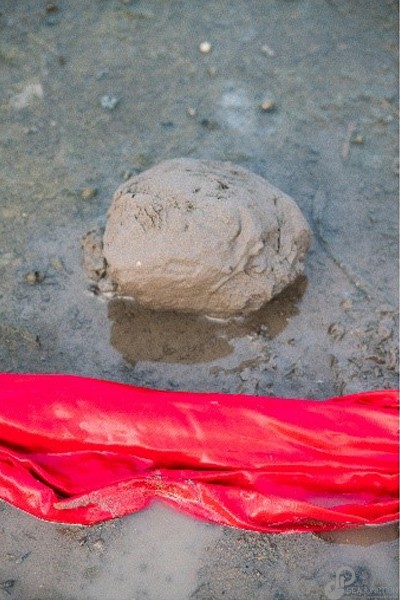
Nothing left. Kandal Province, Phnom Penh, Cambodia. (Photo by Sokchanlina Lim)

Being gone. Kandal Province Phnom Penh, Cambodia. (Photo by Sokchanlina Lim)
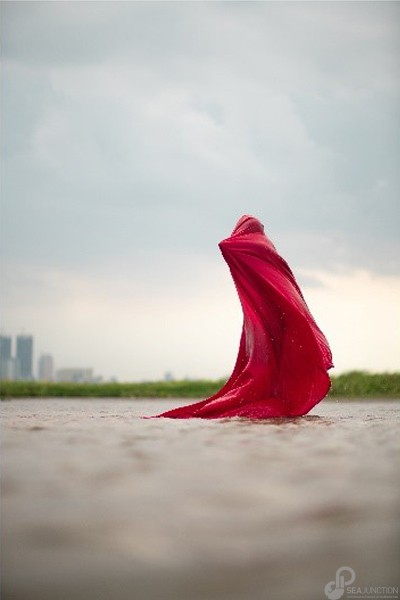
Confrontation. Kandal Province Phnom Penh, Cambodia. (Photo by Sokchanlina Lim)
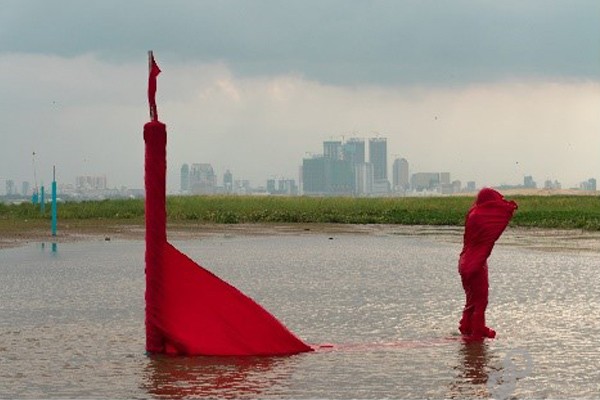
Stuck in. Kandal Province Phnom Penh, Cambodia. (Photo by Sokchanlina Lim)
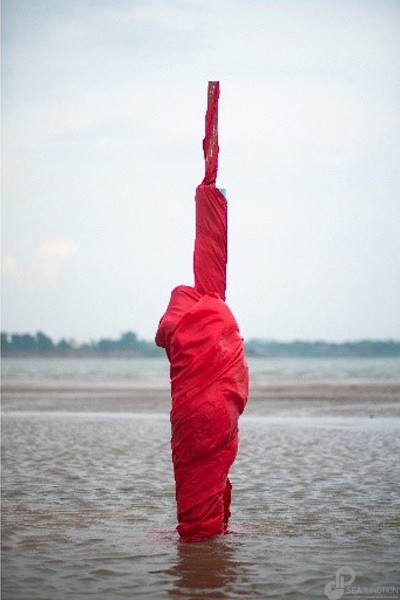
Obsession. Kandal Province Phnom Penh, Cambodia. (Photo by Sokchanlina Lim)
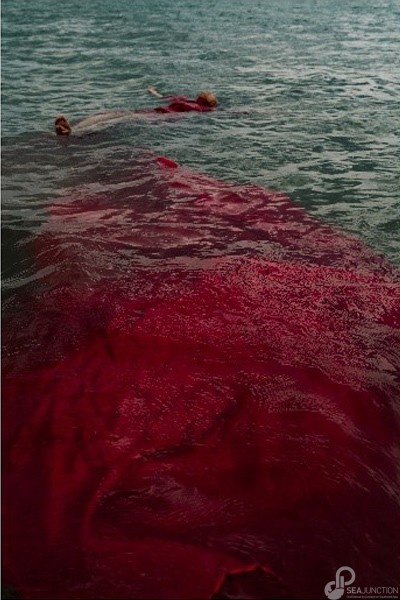
Bloodshed. Kandal Province Phnom Penh, Cambodia. (Photo by Sokchanlina Lim)
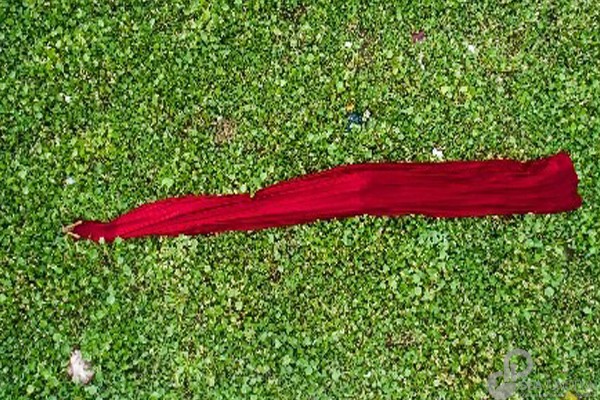
Suffocation. Kandal Province Phnom Penh, Cambodia. (Photo by Sokchanlina Lim)
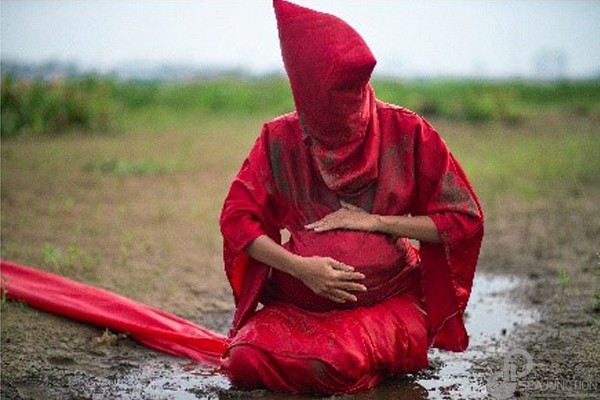
Caring. Kandal Province Phnom Penh, Cambodia. (Photo by Sokchanlina Lim)
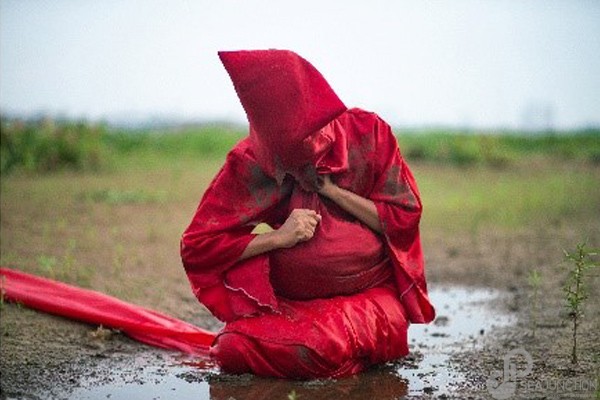
Tying. Kandal Province Phnom Penh, Cambodia. (Photo by Sokchanlina Lim)
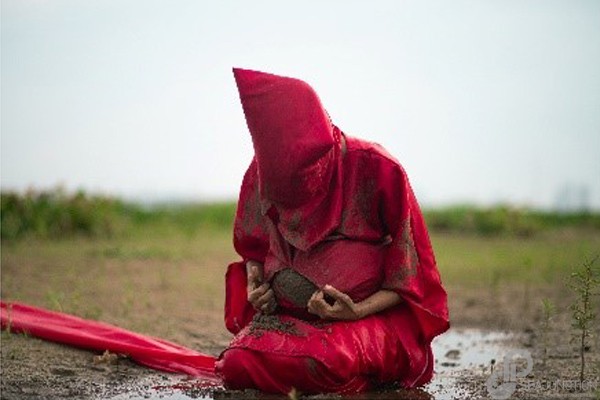
Giving birth. Kandal Province Phnom Penh, Cambodia. (Photo by Sokchanlina Lim)
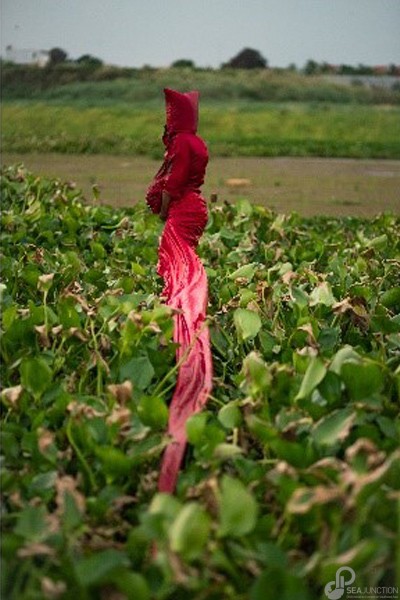
Nowhere to go. Kandal Province, Phnom Penh, Cambodia. (Photo by Sokchanlina Lim)
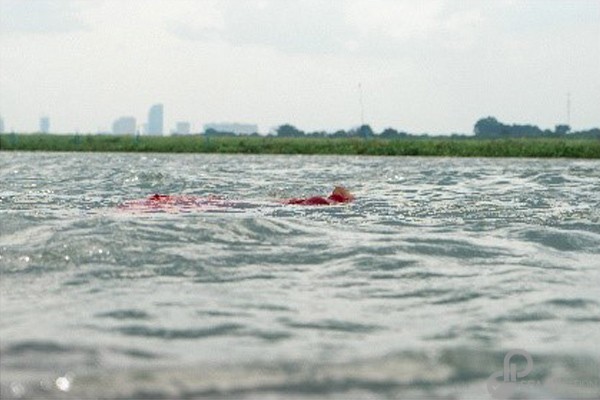
The Diamond. Kandal Province, Phnom Penh, Cambodia. (Photo by Sokchanlina Lim)
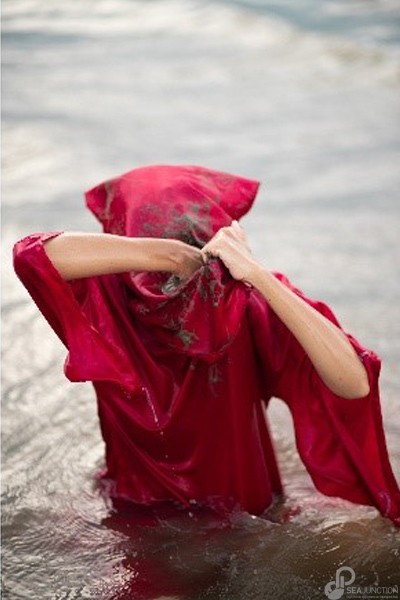
Consumption. Kandal Province Phnom Penh, Cambodia. (Photo by Sokchanlina Lim)
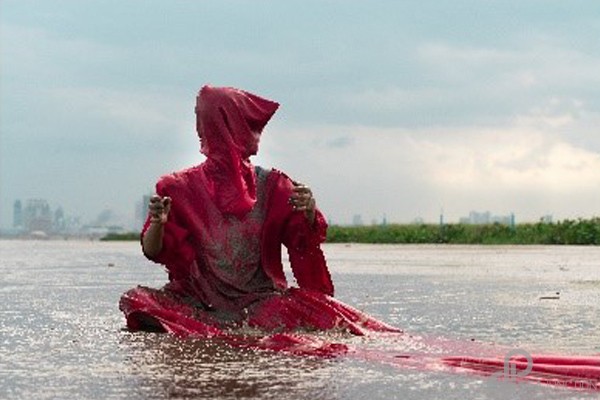
More and More. Kandal Province Phnom Penh, Cambodia. (Photo by Sokchanlina Lim)
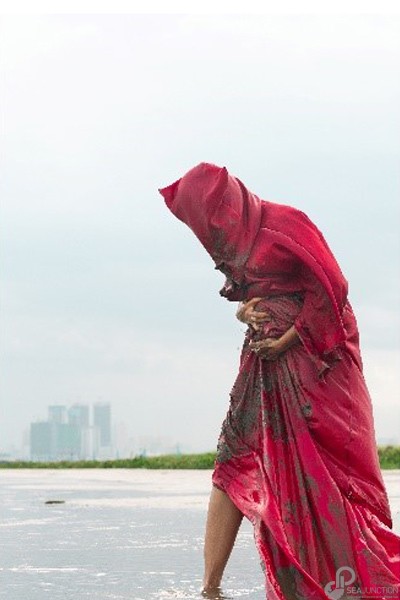
Resilience. Kandal Province Phnom Penh, Cambodia. (Photo by Sokchanlina Lim)


